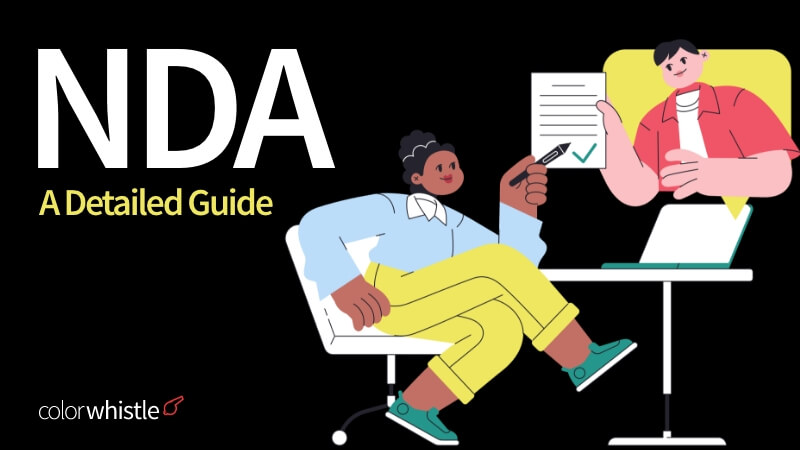Non-Disclosure Agreements (NDA): A Detailed Guide
What is an NDA?
An NDA or non-disclosure agreement is a legal contract between two parties. Here, one party will have sensitive information and the other will have access to that information.
NDAs are also labeled as confidentiality agreements, confidentiality disclosure agreements, and non-disclosure contracts. As both parties are maintaining a confidential relationship, they are bound not to share the information.
What is the Purpose of an NDA?
The non-disclosure agreement serves a dual purpose, encompassing both confidentiality and protection. A confidentiality agreement can shield a wide range of information, right from product specifications to client lists. Business strategies, test outcomes, and even restricted press releases or product evaluations can fall under the roof of an NDA.
By establishing a legal framework, an NDA ensures the preservation of ideas and information against theft or sharing with rivals or external parties.
An NDA performs three fundamental roles:
- Defining protected information: NDAs categorize information by distinguishing between what should remain confidential and what can be openly shared. This demarcation allows involved parties to operate freely within the established boundaries of the confidentiality agreement.
- Safeguarding sensitive information: Affixing a signature to an NDA imposes a legal obligation to maintain the confidentiality of sensitive information. Any unauthorized disclosure of this information constitutes a breach of the contractual agreement.
- Preserving patent rights: Given that the public disclosure of a pending invention can potentially invalidate patent rights, an NDA can shield inventors during the development of their novel products or concepts.
What Information is Protected in an NDA?
An NDA (Non-Disclosure Agreement) serves to safeguard a wide spectrum of sensitive and confidential information across various business contexts. The scope of protected information can encompass trade secrets, intellectual property such as patents and copyrights, proprietary financial data, customer and client lists, intricate product designs, marketing strategies, software code, research and development findings, employee details, negotiation specifics, legal strategies, and even healthcare or medical information in relevant sectors.
"It’s crucial for the NDA to expressly define the categories of information protected, thereby establishing a clear framework for maintaining confidentiality and preventing unauthorized disclosure or use."
This legal contract ensures that the disclosed information remains confidential and cannot be shared with third parties, preserving the competitive edge, privacy, and integrity of the involved parties.
Regarding an employee-employer relationship, the NDA includes a confidentiality agreement where the employee is not allowed to disclose information not only during the time of employment but also for a specific period even after the job ends.
To learn more: Non-Disclosure Agreements (NDA): A Detailed Guide
To learn more: Non-Disclosure Agreements (NDA): A Detailed Guide
Browse through our ColorWhistle page for more related content and to learn about our services



Comments
Post a Comment